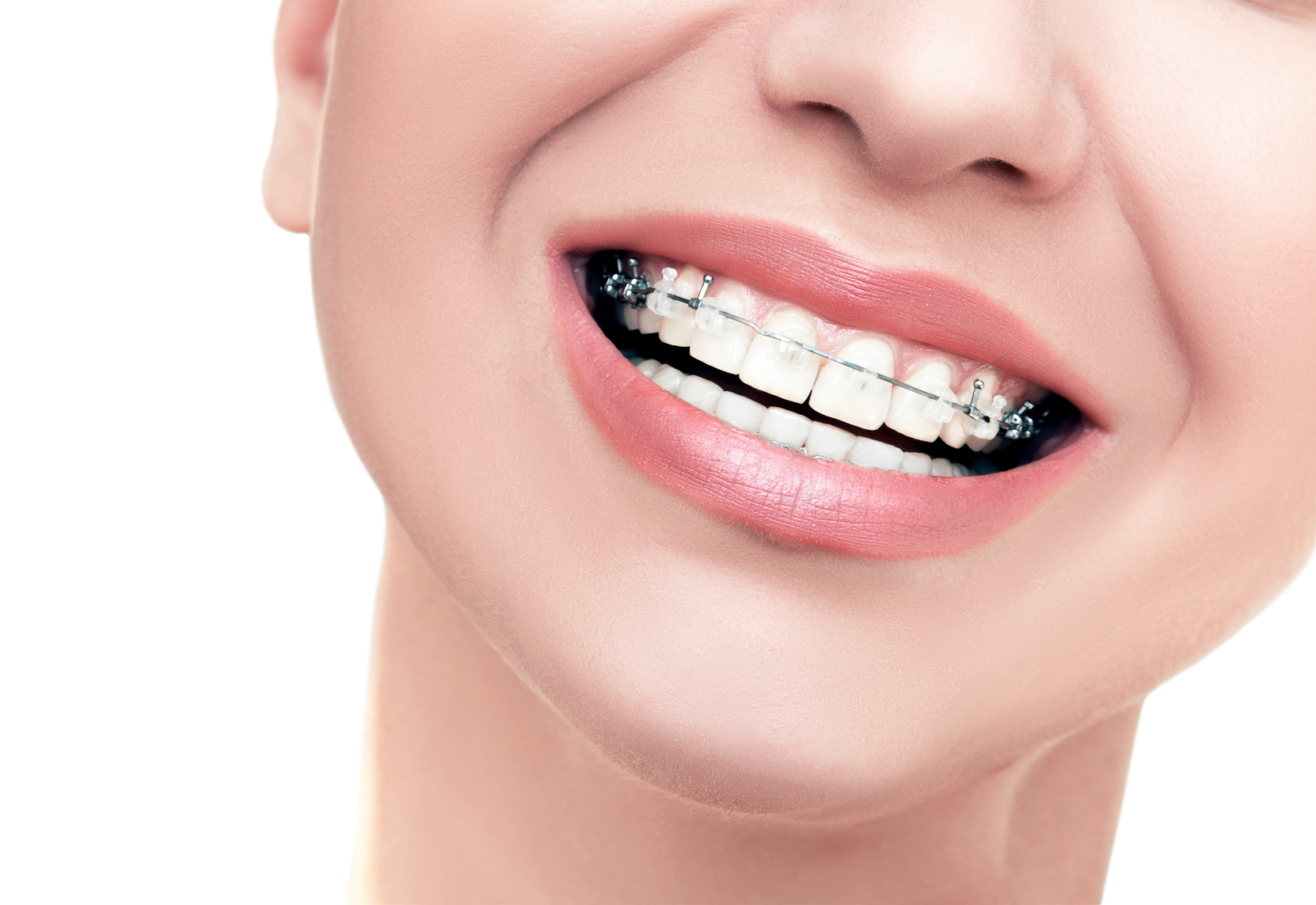What’s worse? Crooked teeth or wearing braces? From the perspective of a teen’s oral health, every orthodontist in NE Calgary will tell you that crooked teeth are far worse. Teens living with crooked teeth will probably admit that they’d rather have straighter teeth. But braces. Man, a lot of teens will tell you that they dread the notion of wearing braces. Maybe because they can be uncomfortable; maybe because they hate going to the dentist for any reason; but, especially, because they’re embarrassing.
Ceramic braces are still braces, there’s no getting around it. But ceramic braces in NE Calgary offer significant benefits compared to traditional wire and metal braces. The brackets on your teeth aren’t made of metal, but out of ceramic material that is much less noticeable on your teeth. They’re not invisible, and the wires can still be seen, but ceramic braces are a lot less conspicuous. That’s a big deal for teens and people concerned about being embarrassed while wearing braces. Here are the advantages and disadvantages of ceramic braces as an option for getting straighter teeth.
Advantages of ceramic braces
Ceramic braces are much less visible than traditional braces because the brackets attached to your teeth can either be clear or tooth-coloured. (Actually, you have more options than that. In many cases, you can choose pretty much any colour you want if you’re open to extreme colours rather than subtlety and discretion.) There are even options when it comes to the archwires (silver, white or frosted) and elastic ties that hold the wires to the brackets (pretty much any colour you can imagine).
Wearing clear plastic aligners is another option for straightening teeth that is much more subtle than traditional braces, but that option comes with a downside. Ceramic braces may complete their work a year or more faster than Invisalign. Ceramic braces may also work for more severe cases of misalignment or malocclusion that just aren’t suitable for Invisalign.
Disadvantages of ceramic braces
Compared to traditional wire and metal braces, ceramic braces near you are more expensive. While the total cost of any treatment plan is subject to a lot of factors you should discuss with your orthodontist, ceramic braces will be $1,000 to $2,000 more expensive than metal braces.
Ceramic brackets are larger than metal brackets. That increased size can make cleaning around them harder.
Ceramic is a less durable material than the metal from which traditional braces are fashioned. As a result, ceramic braces are more than twice as likely to break. If you’re an athlete who participates in contact supports or even activities that involve moving your mouth a lot (playing a musical instrument, singing, or debating), the more durable metal braces may be a better option. If your orthodontist needs to make repairs to broken ceramic braces or more incremental adjustments, this may lengthen the total duration of your treatment.
The elastic ties that connect the archwires to your ceramic braces can become stained easily. While that’s a downside, it’s one that you can manage by brushing and flossing after each meal; avoiding foods and drinks that are especially prone to stain the elastics (tomatoes, wine, coffee, tea, and some condiments); avoiding smoking; avoiding whitening toothpaste; and seeing your orthodontist regularly to have the elastics and brackets replaced as required.
Are you a good candidate for ceramic braces? People who are particularly concerned about subtlety and discretion — because they work full-time or are attending college or university, for example — often opt for ceramic braces over traditional metal braces. If you have all of your adult teeth and have mostly stopped growing and want to confirm that ceramic braces are a good option for achieving your teeth-straightening goals, contact a dentist near you for a consultation.

